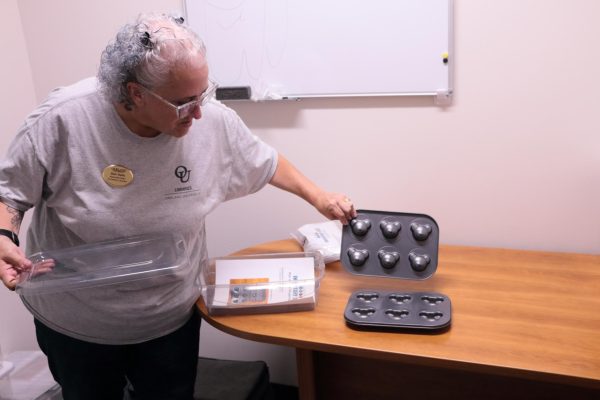How OU and UCLA use unused meal swipes
There’s a rotating line of people on campus multiple times everyday, where students patiently wait for their turn. Throughout our fast-paced society, there are few commodities that are universally worth any wait. Even acclaimed concert tickets or exclusive parties can’t accommodate everyone’s interest.
However, food and drinks are a necessity for every healthy lifestyle. Conveniently, simple swipes welcome many into a comfortable routine at Oakland University.
Meal plans allow students to leisurely swipe away breakfast, lunch and dinner, but where do these meals actually go? It’s not new information that one swipe equals one meal at the Vandenberg Dining Hall, which allows the cardholder peruse an array of food options that they’ve paid for through room and board bills each semester.
Even so, some students are left unsatisfied as their earned meals are whisked away when meal plans renew each semester. Oakland University is home to a number of resources, but it could be vital that everyone receives the equal accommodations for meals.
“Food scarcity is an important topic, and one that OU is just starting to discuss,” said Erica Wallace, Oakland Rec Well’s director of health and wellness.
In fact, OU isn’t the first college that has experienced a range of unused meal swipes, but one school is beginning to fight for universal contentment with meal swipes. The University of California, Los Angeles has begun allowing students to donate unused swipes to local people in need.
Throughout the past year, students involved in Swipes for the Homeless have donated 20,000 lb. of food to countless people. However, hunger is an issue much closer to home, as well; many college students struggle to have consistent health. Just this past year OU’s National College Health Assessment records relayed that 16% of college students reported they’d felt hungry because they couldn’t afford food.
Oakland’s growing population has the potential to suffer similar issues, but there’s also a chance to make a similar impact on our community, and we actually have a number of helpful stepping stones already. Oakland is home to several health and wellness facilities, including various Oakland health and wellness programs and Chartwells, a growing community improvement organization that handles food service on campus.
Chartwells sprung from simple ideas into a wide array of community involvement projects: coat drives, partnering with local food banks and raising donations for charitable organizations.
Of course, students are always invited to organize their own events to draw people together based on common grounds by creating events through Oakland’s Health and Wellness program, too. Additionally, there’s a food pantry in the works, planned to be available to students next fall.
Mark McCormic, director of Chartwells, said, “We are always interested in finding impactful ways to contribute… The key is getting the associates to care about it.”
Currently, student hunger is an individualized section of Chartwells, where students are encouraged to explore Chartwells’ opportunities. For instance, students can work for Chartwells, earning a daily meal and a monthly $100 for any Chartwells location.
Although convertible swipes have been discussed as an addition to their provisions, Mark McCormic said, “[we] have elected to go other routes thus far.”
Though there is no program on campus for students to use their meal swipes to aid the homeless, projects like these can take off due to student initiatives.







